Have you ever watched your cat stroll calmly through a house full of moving boxes, barely batting an eyelash, while your dog paces nervously, whining at every new sound? The truth is, cats often surprise us with their mysterious poise and adaptability, especially when life throws a curveball. While dogs are known for their loyalty and energy, cats possess a special knack for embracing change with quiet confidence. For anyone who has ever wondered why felines seem to rule their kingdoms no matter what’s going on, the answer might just inspire you to see your cat in a whole new light. Let’s explore the subtle, fascinating ways cats outshine dogs when it comes to handling life’s twists and turns.
Unmatched Self-Reliance in New Environments

Cats are famous for their independence, and this trait shines brightest during times of change. When faced with a new home or shifting furniture, cats often explore cautiously but confidently, relying on their own instincts rather than seeking constant reassurance. Unlike dogs, who may need human comfort and cues to feel safe, cats prefer to survey their new surroundings solo, sniffing out every nook and cranny. This ability to self-soothe makes transitions smoother for them. They don’t wait for someone to tell them it’s okay—they decide for themselves. This self-reliance is a powerful tool for adapting to change, and it’s one reason why cats keep their cool when everything else is up in the air.
Mastering the Art of Observation

Cats have an incredible ability to sit back and watch before acting. When something in their environment changes, they don’t rush in or panic. Instead, they observe. This careful, measured approach allows them to gather information and assess if the change poses any real threat. Dogs, on the other hand, are much more likely to react immediately, sometimes barking or acting out of fear. Cats’ patience and keen senses mean they often avoid unnecessary stress simply by waiting and watching. This makes their transition into new situations much smoother, as they have already mentally prepared themselves before taking action.
Creating Comfort Zones Anywhere

No matter where a cat finds itself, it will instinctively seek out a cozy corner or a high perch to claim as its own. This behavior helps them establish a sense of safety and control, even in unfamiliar settings. Dogs may wander anxiously or look for their humans, but cats quickly carve out a sanctuary, whether it’s a sunny window ledge or a cardboard box. By marking a territory, even a small one, cats instantly make foreign spaces feel less intimidating. This simple act of creating a comfort zone is a major reason why cats can handle big changes with so much grace.
Flexibility in Daily Routines
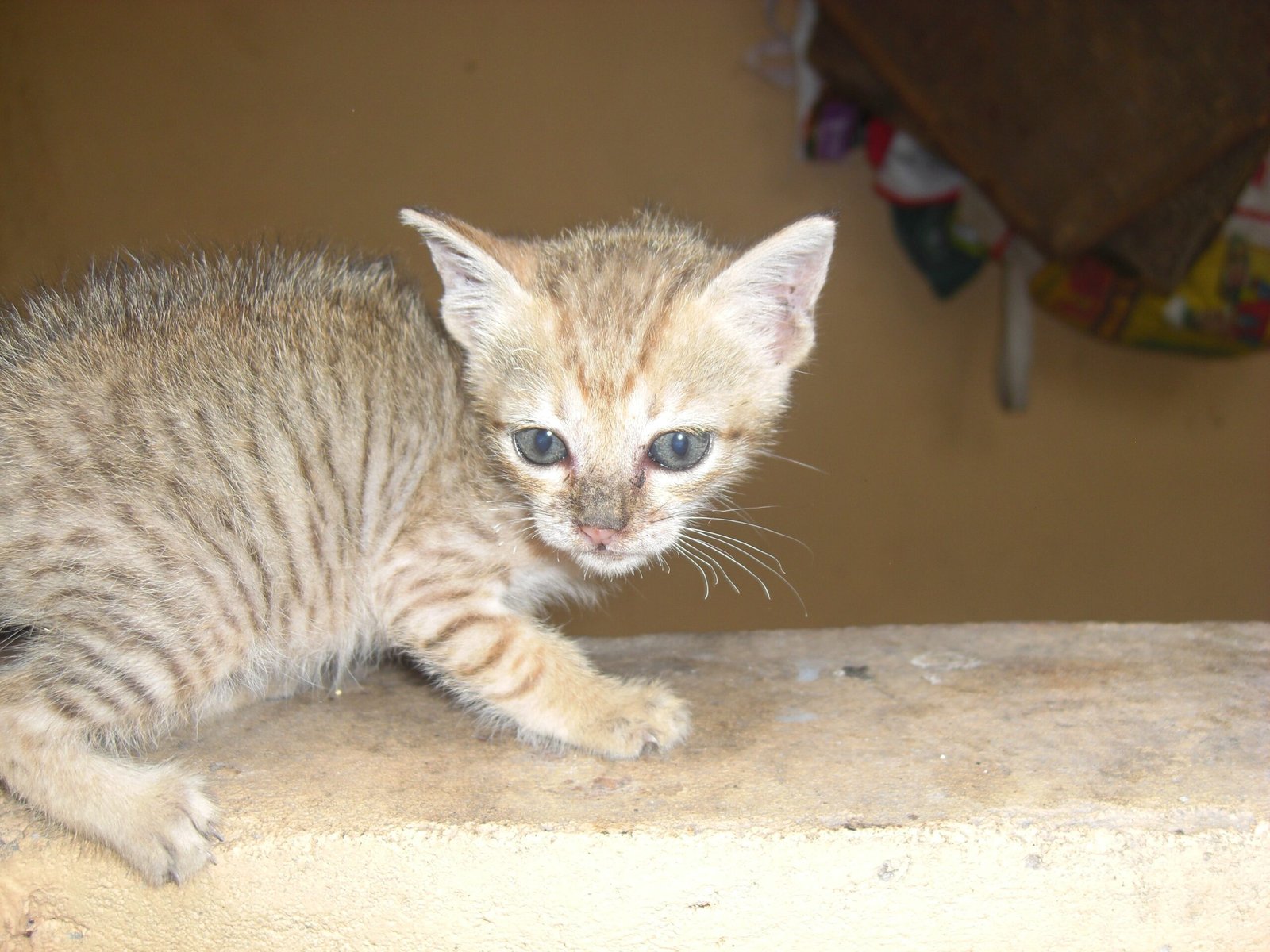
Although cats are creatures of habit, they are surprisingly flexible with their routines. If feeding times shift or their favorite resting spot is moved, most cats will adapt with minimal fuss. Dogs, in contrast, can be thrown off significantly by changes in their schedules, often displaying signs of anxiety or restlessness. Cats adjust their internal clocks and behaviors to fit new circumstances, showing an impressive ability to “go with the flow.” This flexibility gives them an edge when life doesn’t go exactly as planned.
Quietly Processing Change

When faced with something new or unexpected, cats often retreat to a quiet spot to process what’s happening. This downtime is essential for them to adjust mentally and emotionally. Dogs, on the other hand, often look to humans for guidance, which can sometimes amplify their stress if their person is also unsettled. Cats’ preference for solitude during stressful times allows them to regain their composure independently. This internal processing helps them emerge calm and ready to face whatever comes next.
Minimal Dependence on Human Validation

While dogs tend to look to their owners for constant feedback and comfort, cats are content to trust their own judgment. If a new person enters the home or a household routine shifts, cats will often keep their distance, sizing up the situation without needing to be reassured. They don’t require someone to tell them everything will be alright—they simply observe and decide for themselves. This independence reduces their reliance on external validation, making them less vulnerable to the stress that comes with major changes.
Adaptability to Different Living Spaces
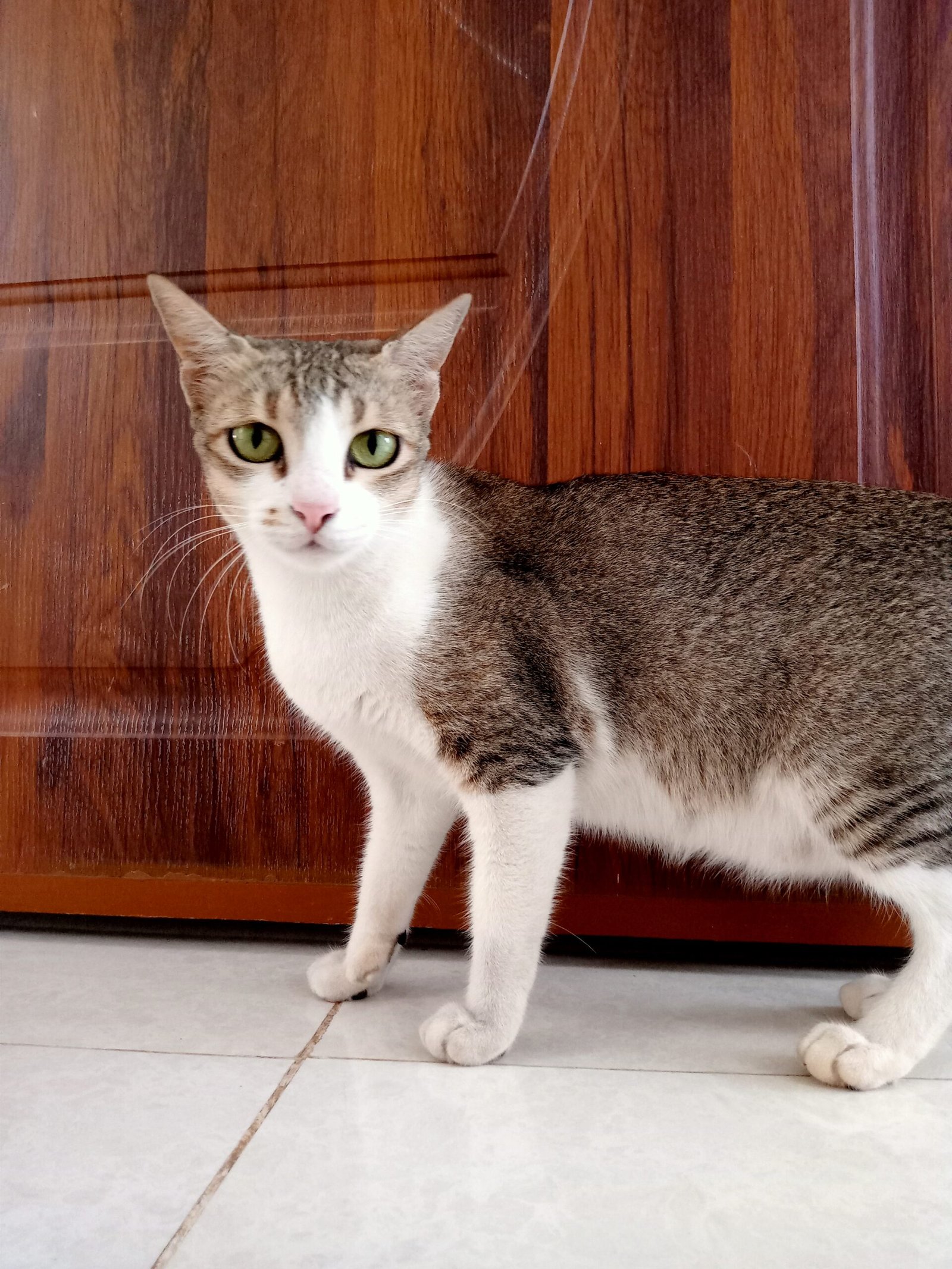
Cats can thrive in a wide range of environments, from bustling city apartments to quiet rural homes. Their small size and low-maintenance needs mean they can adjust to cramped quarters or open spaces with equal ease. Dogs, especially larger breeds, may struggle with downsizing or moving to places without a yard. Cats, however, can make themselves at home almost anywhere, demonstrating a remarkable adaptability that allows them to handle moves and new living arrangements with elegance.
Selective Socializing with Newcomers
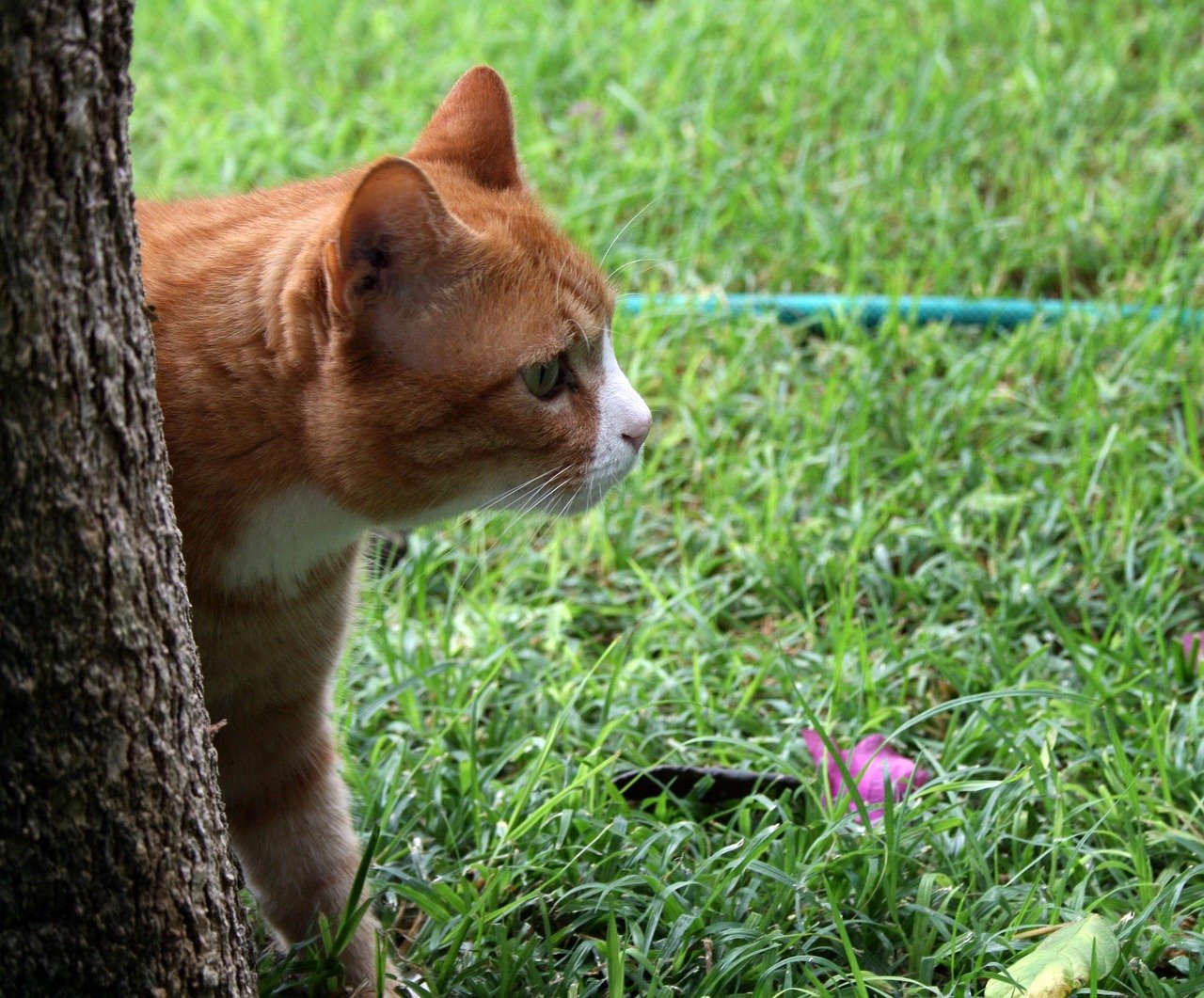
When meeting new people or animals, cats tend to approach the situation on their own terms. They may observe from afar before deciding whether to interact, giving themselves time to adjust to unfamiliar faces. Dogs are often more enthusiastic (or anxious) in these scenarios, sometimes overwhelming themselves or others. Cats’ cautious approach allows them to gradually build trust and comfort in social settings, making transitions involving new household members far less stressful for them.
Natural Curiosity as a Coping Mechanism
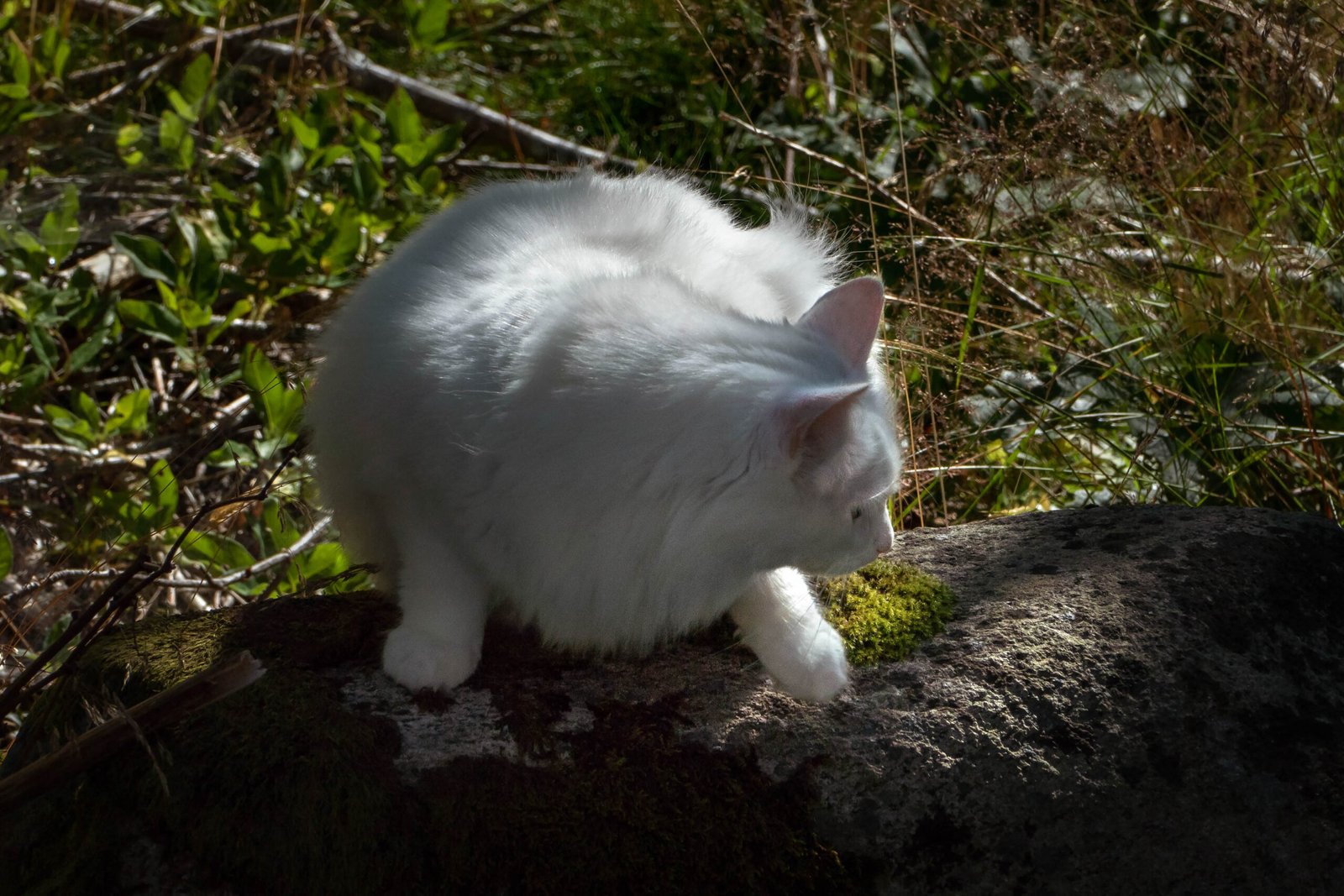
Curiosity is a hallmark of feline behavior. When something changes, most cats feel compelled to investigate, turning potential stress into an opportunity for exploration. This inquisitive nature helps them reframe change as something interesting rather than frightening. Dogs, while curious too, can be more easily startled or discouraged by new experiences. Cats’ ability to turn uncertainty into adventure helps them adapt quickly and positively.
Resilience in the Face of Routine Disruptions

Whether it’s a new baby, a renovation, or a temporary visitor, cats generally bounce back quickly from disruptions to their daily lives. Their resilience comes from their ability to settle themselves and find new routines. While dogs may dwell on what’s changed and show signs of distress, cats are adept at finding comfort in new patterns. This resilience is a testament to their adaptability and emotional strength.
Calm Responses to Loud Noises and Chaos
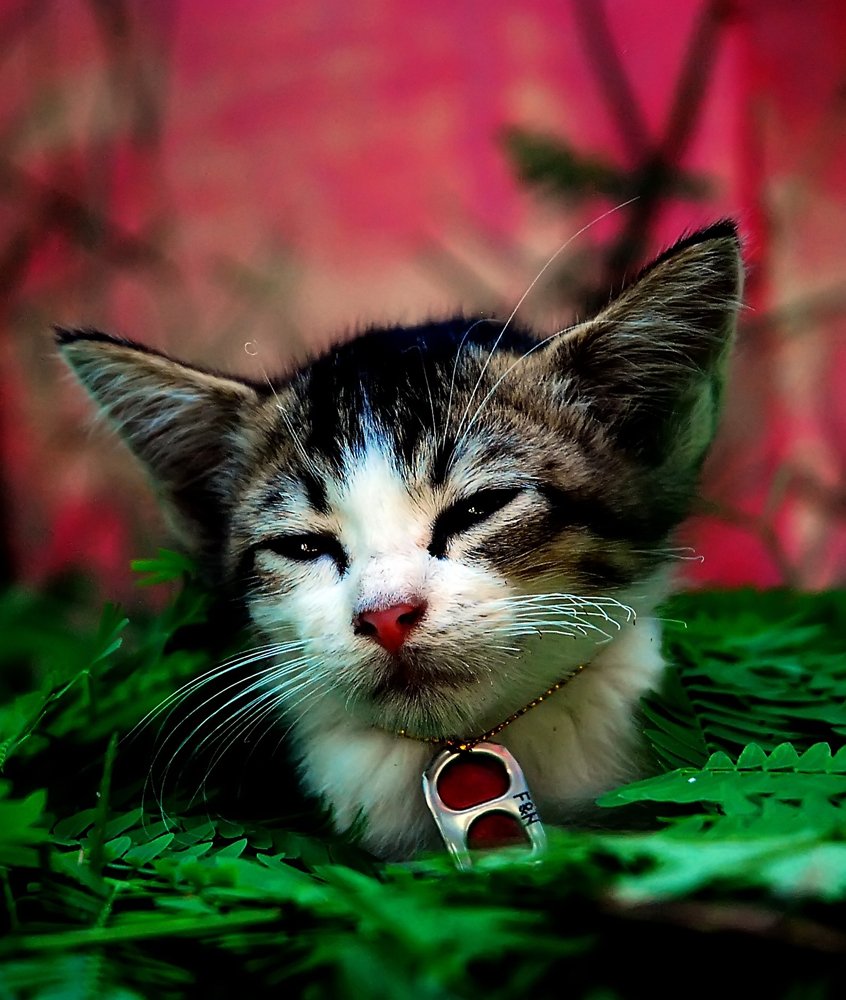
It’s not uncommon for cats to remain cool and collected during thunderstorms, fireworks, or household commotion. They may seek a quiet hiding place, but rarely do they panic or act out aggressively. Dogs, on the other hand, are often visibly distressed by loud noises, trembling or barking in response. Cats’ calm, measured reactions to chaos help them weather stressful environments without losing their composure.
Efficient Use of Scent to Reclaim Territory
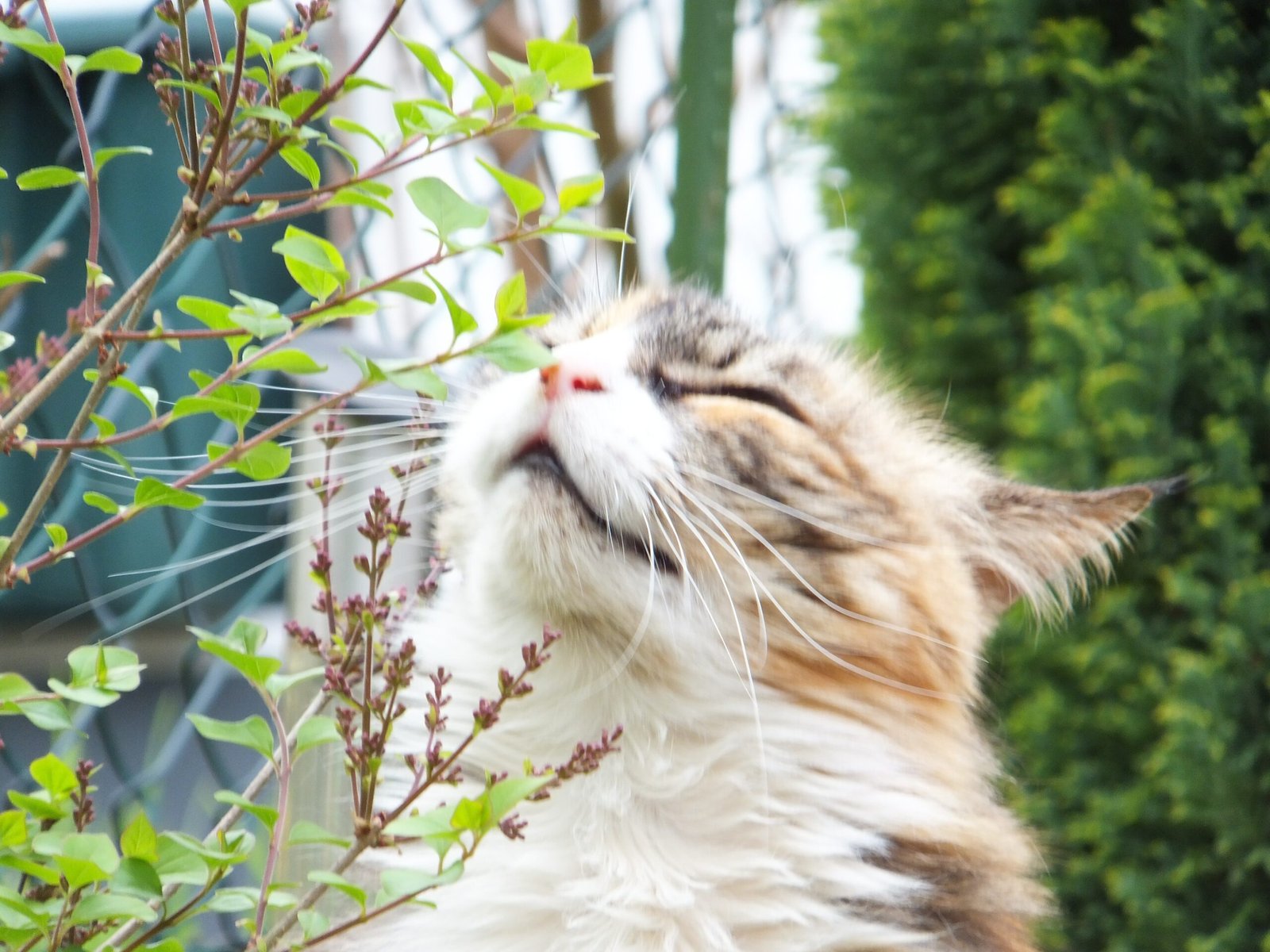
One of the first things a cat does in a new environment is rub its face or body against surfaces, leaving its scent behind. This behavior, known as “bunting,” helps the cat feel at home by marking the territory as familiar. Dogs mark territory too, but often in ways that are less subtle and sometimes problematic indoors. Cats’ efficient use of scent to establish ownership allows them to quickly adapt to new spaces and feel secure.
Ability to Hide and Recharge

Cats are experts at finding the perfect hiding spots. When overwhelmed, they’ll slip into a closet, under a bed, or behind a curtain, giving themselves time to recharge. This behavior is a natural coping mechanism that allows them to escape stress and process change on their own terms. Dogs may follow their owners around or act out when stressed, but cats’ ability to hide and recover privately means they often bounce back faster from challenging situations.
Minimal Need for Constant Attention

Unlike dogs, who often crave continuous interaction and reassurance, cats are content with periods of solitude. This trait is especially helpful during times of upheaval, as cats don’t rely on anyone else to help them calm down. They can entertain themselves, nap, or simply observe the world, all while remaining composed. Their minimal need for attention makes it easier for them to cope when routines or environments shift unexpectedly.
Grace Under Pressure During Travel

Traveling with pets can be stressful, but cats often handle it with surprising dignity. While dogs may become overly excited or anxious, cats usually settle down in their carriers, preferring to stay still and quiet. This calm demeanor helps them endure trips to the vet, moves, or vacations with less fuss. Their ability to remain composed during travel is just one more way they show their adaptability.
Quick Adjustment to New Schedules

When household schedules change—whether due to new jobs, school routines, or daylight savings—cats tend to adjust more quickly than dogs. They might meow a bit for their food at the old time, but soon enough, they sync up with the new rhythm. Dogs, especially those used to regular walks and playtimes, may take longer to adapt, sometimes showing signs of confusion or anxiety. Cats’ quick adjustment to new routines keeps stress levels low and helps the whole household settle in faster.
Ability to Entertain Themselves

Cats are masters of solo play. They’ll spend hours batting at a dust mote or chasing their own tails, turning even the simplest objects into entertainment. This ability to engage themselves means that when change happens—like being left alone for longer periods—they’re less likely to become bored or anxious. Dogs often need more interactive play and may become destructive if their routines are disrupted. Cats’ self-sufficiency is a key asset when life is unpredictable.
Low-Key Communication of Needs
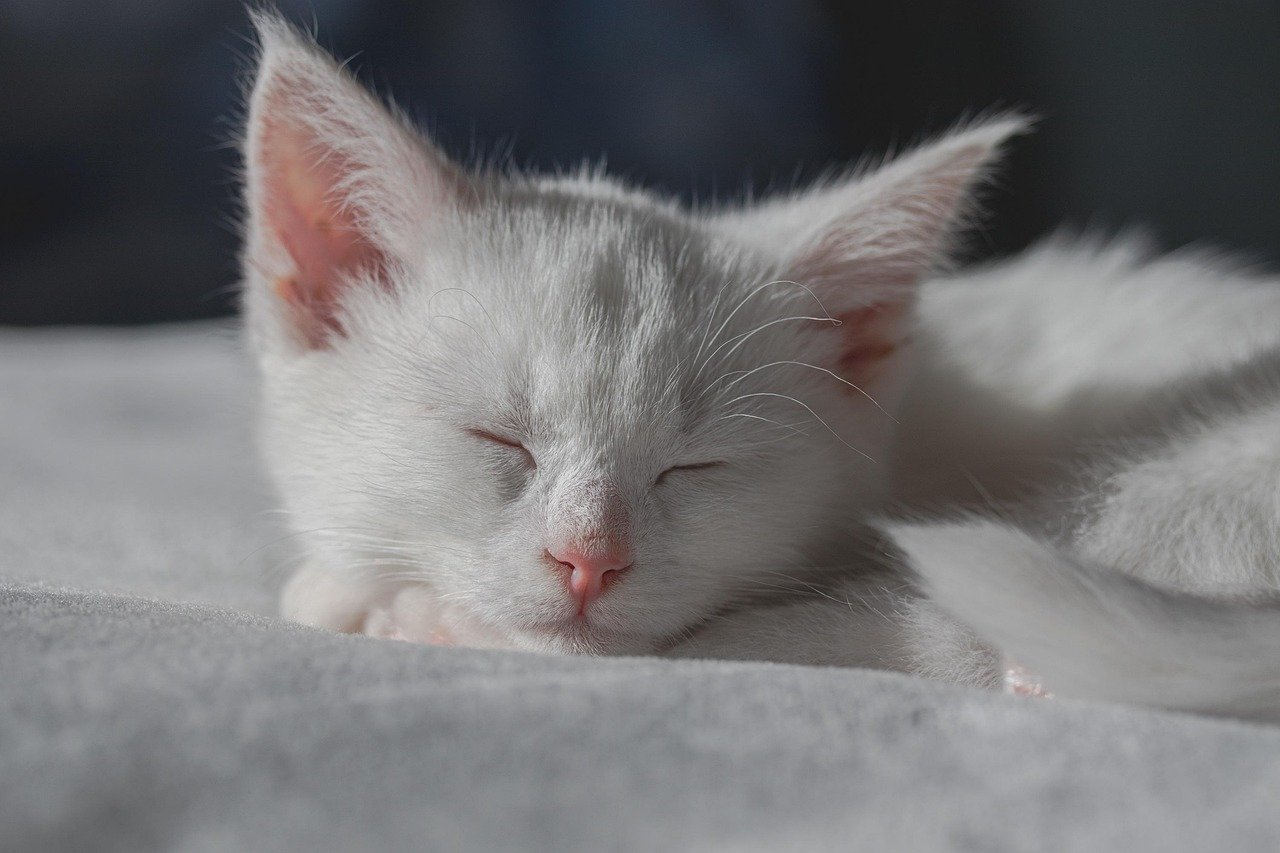
When cats are uncomfortable or stressed, they tend to communicate subtly—maybe a flick of the tail, a quiet meow, or a gentle withdrawal. Dogs are much more vocal and demonstrative, which can sometimes escalate the tension in a changing environment. Cats’ low-key communication style keeps situations calm and allows them to maintain their composure even when expressing discomfort.
Ability to Sleep Through Disruption

Cats have a legendary talent for sleeping anywhere, anytime. Even during home renovations or family gatherings, you’ll find them curled up in a sunny spot, seemingly unfazed by the commotion. This ability to rest through chaos means they recover from stress more quickly. Dogs, more easily roused and reactive, often struggle to relax when there’s a lot of activity. Cats’ knack for napping is a powerful tool for weathering disruptive changes.
Building Trust on Their Own Terms
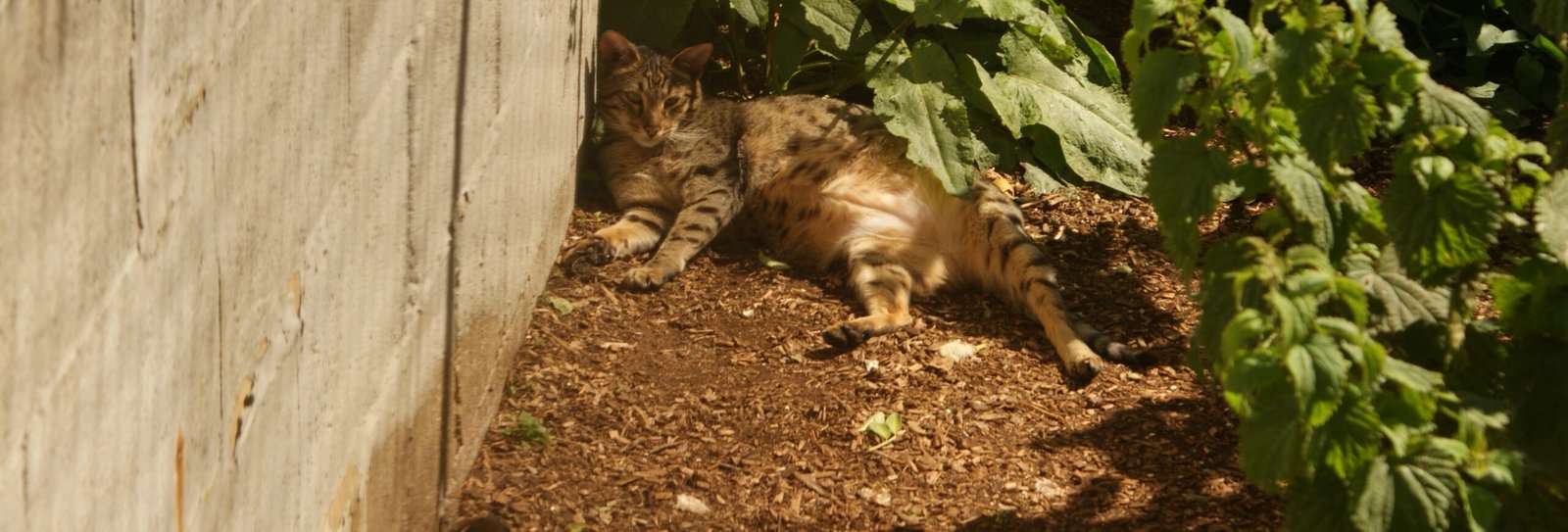
When faced with unfamiliar people or pets, cats take their time to build trust. They won’t be rushed or forced into new relationships; instead, they approach slowly, observing and assessing before making a move. This careful approach prevents them from feeling overwhelmed and helps them integrate new experiences into their lives more smoothly. Dogs often rush into social situations, which can sometimes lead to stress or conflict. Cats’ gradual, thoughtful way of building trust is a graceful strategy for handling change.
Natural Ability to Find Stability Amid Chaos
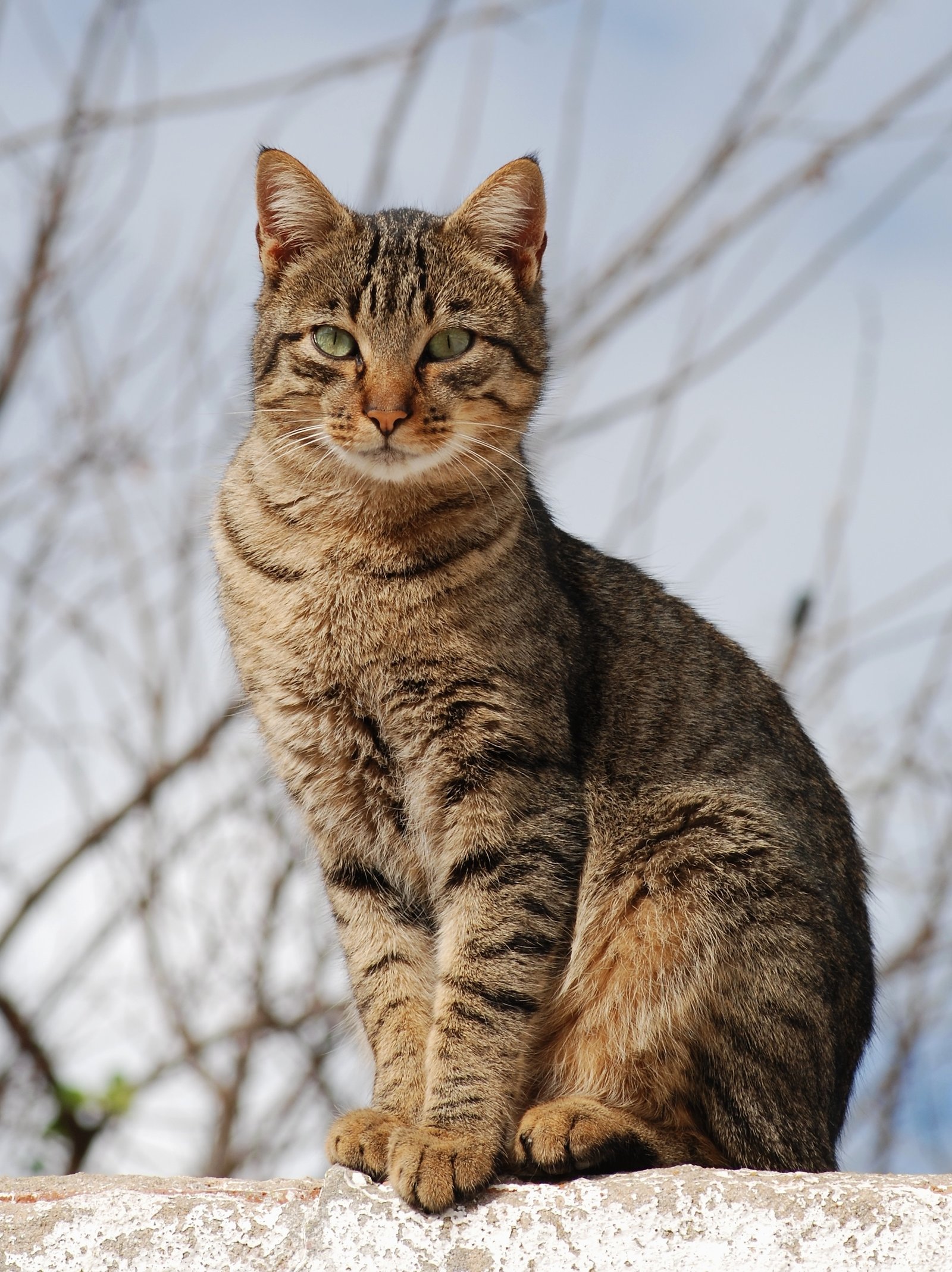
Perhaps the most impressive feline trait is their ability to find stability, no matter how much their world shifts. Through a blend of independence, curiosity, and calm, cats create a sense of order for themselves even in the midst of chaos. They lean on their instincts, routines, and quiet confidence to ground themselves. While dogs often look to humans for reassurance, cats trust their own inner compass, navigating change with a grace that is truly inspiring.
Hi, I’m Bola, a passionate writer and creative strategist with a knack for crafting compelling content that educates, inspires, and connects. Over the years, I’ve honed my skills across various writing fields, including content creation, copywriting, online course development, and video scriptwriting.
When I’m not at my desk, you’ll find me exploring new ideas, reading books, or brainstorming creative ways to solve challenges. I believe that words have the power to transform, and I’m here to help you leverage that power for success.
Thanks for stopping by, Keep coming to this website to checkout new articles form me. You’d always love it!






